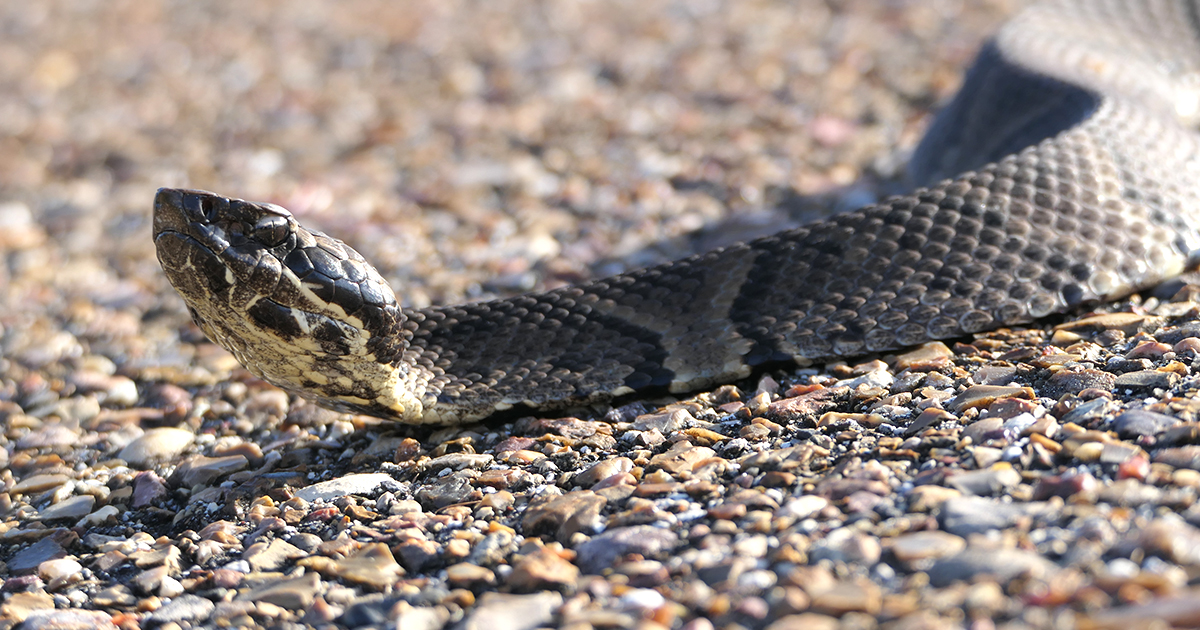Morphology and Evolution of Snakes
A special issue of Diversity (ISSN 1424-2818). This special issue belongs to the section "Animal Diversity".
Deadline for manuscript submissions: 15 November 2024 | Viewed by 93

Special Issue Editors
Interests: evolution, ecology, and biogeography of reptiles and amphibians
Special Issue Information
Dear Colleagues,
Despite their limbless body plan, snakes exhibit unexpected diversity in both form and function. Body sizes range from ~10 cm in various blind snakes to over 13 meters in some extinct boids, and lineages exploit most of Earth’s ecosystems from terrestrial to marine. Moreover, snakes have evolved a multitude of traits related to body elongation and specialized diets, including complex venoms and toxin delivery systems, kinetic skulls, ornate color patterns, infrared sensing organs, and the highest number of vertebrae among chordates. Snakes (and other squamate lineages) reveal the glimpses of the fascinating evolutionary transition toward limb reduction and loss, with vestigial girdles and other remnants of their tetrapod ancestry; however, much remains to be learned about the origins and morphological diversity of this megadiverse clade.
Recent advances in evolutionary development (evo devo), genomics, and paleontology, along with traditional museum resources, have set the stage for renewed progress in understanding the unique morphology and evolution of snakes. This Special Issue will showcase new research that furthers our understanding of snake evolution, with an emphasis on form and function. We invite researchers to submit their manuscripts that relate to all aspects of snake morphology, including genome-wide association studies, evolutionary transitions in form and function, the origins of snakes and how this radiation differs from other elongate and/or limb-reduced vertebrate lineages, snake embryogenesis and development, and ecological and functional relationships with phenotype, from color-pattern to scalation. We hope this Special Issue will provide a platform to both the state of the current understanding of snake evolution and stimulate further research on the opportunities and limits of extreme body plans.
Dr. Jesse M. Meik
Dr. Paul M. Hampton
Guest Editors
Manuscript Submission Information
Manuscripts should be submitted online at www.mdpi.com by registering and logging in to this website. Once you are registered, click here to go to the submission form. Manuscripts can be submitted until the deadline. All submissions that pass pre-check are peer-reviewed. Accepted papers will be published continuously in the journal (as soon as accepted) and will be listed together on the special issue website. Research articles, review articles as well as short communications are invited. For planned papers, a title and short abstract (about 100 words) can be sent to the Editorial Office for announcement on this website.
Submitted manuscripts should not have been published previously, nor be under consideration for publication elsewhere (except conference proceedings papers). All manuscripts are thoroughly refereed through a single-blind peer-review process. A guide for authors and other relevant information for submission of manuscripts is available on the Instructions for Authors page. Diversity is an international peer-reviewed open access monthly journal published by MDPI.
Please visit the Instructions for Authors page before submitting a manuscript. The Article Processing Charge (APC) for publication in this open access journal is 2600 CHF (Swiss Francs). Submitted papers should be well formatted and use good English. Authors may use MDPI's English editing service prior to publication or during author revisions.
Keywords
- ophidia
- body elongation
- phenotype
- limb reduction
- skull kinesis
- scalation
- morphological diversity






